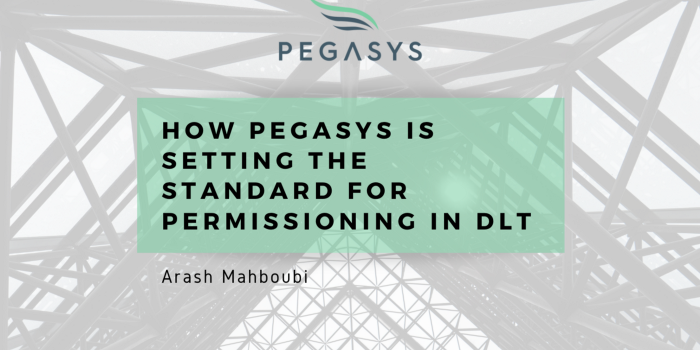How PegaSys is Setting the Standard for Permissioning in DLT
by PegaSys | July 31, 2019
Our focus for the Pantheon 1.2 release (live since July 31) was progress and making it the best available Ethereum client. Arash Mahboubi, our product manager for permissioning, explains how the new smart contract-based and dApp tooling make Pantheon a great fit for consortiums that want Enterprise Ethereum but have complex access and governance rules.
Why Permissioning in Blockchain
a
Data is precious. Protecting it and being careful and deliberate with giving access to our data and systems is a critical need. For companies building on Enterprise Ethereum, there is a real need to limit the parties that can participate in your network and be privy to the data, and what types of transactions users can make — sending funds, deploying smart contracts, etc. Enter, permissioning.
In our previous post, Protecting the Enterprise: Permissioning Features in Pantheon, we highlighted the need for schemes that extend the capabilities of public chain Ethereum to provide the security and the surveillance resistance needs of enterprises. Since our Pantheon 1.0 release, we have made some great improvements, starting with adding to and enhancing the limited local file synchronization approach used by other EntEth clients. This approach was not suitable in an enterprise environment as files could be out of sync, meaning companies might hold different whitelists or accidentally cause a fork. Our upgrade to smart contract-based permissions enforces a more secure, consistent scheme.
